Urban Gardening
The sight of sky and of things growing seem human needs, common to all.
Octavia Hill's statement is the inspiration behind our 2024 RHS Chelsea Main Avenue Show Garden. A founder of the National Trust, Octavia believed that everyone should have access to nature, especially in towns and cities, and worked hard to conserve green spaces.
Yet, today, despite research proving that contact with nature boosts health, green space is declining at an alarming rate.
Expanding our urban green space
It is estimated that by 2033 the UK population will rise, from around 67.8 million, to around 71.6 million. Currently, only 6% of parks and green spaces are legally protected and 38% of people in England don't have access to nature within a 15-minute walk of home, with deprived neighbourhoods having the least access.
We can change this by ‘greening’ more urban areas. For instance, by planting:
- Roof top gardens
- Balcony gardens
- Vertical or wall gardens
- Street trees
- Wildflower verges
- Small pocket parks in between buildings
- Urban gardens
As part of green infrastructure, they help to clean the air, reduce the risk of flooding, and keep cities cool.

The advantages of an urban garden
If you're lucky to have a town or city garden, the buildings around you will create a microclimate, allowing you to grow more exotic plants than people in the countryside. The buildings also help to contain the scent of fragrant plants and shield butterflies from wind gusts, making it easier for them to feed.

How to increase your urban green space
-Fit in more plants on available space, such as window ledges (with trough planters) and walls (with climbers and hanging baskets).
-Include evergreens for year-round foliage, from small border plants and low hedging to climbers and trees.
-Employ optical illusions that make a space appear bigger, such as planting white and pale flowers at the far end of the garden or growing lots of leafy, tall plants.
-Erect structures to grow plants upon, such as a pergola to create a private seating area or trellis divides to create different garden areas.
-Choose resilient plants that thrive in the urban environment, including species that resist heat and pollution.

A garden for people, nature and wildlife
An urban garden can be an oasis of greenery – a hidden safe haven for people and wildlife. As well as being a place where you can de-stress and enjoy the sights, smells, and sounds of nature, even a small garden can provide food, shelter, safety, and nesting sites for a wide range of urban wildlife: from hedgehogs to bees.

Which plants to grow:
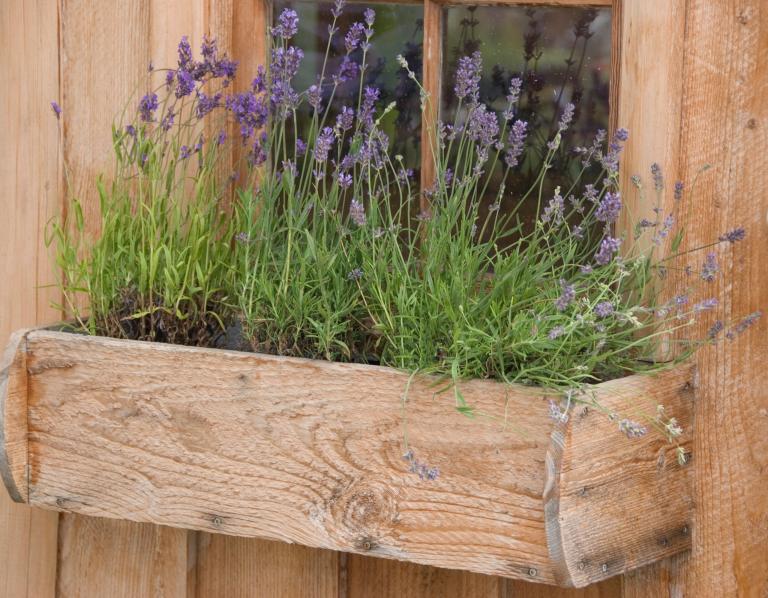
Plants that fit into small spaces:
Fruit cordons for walls
Dwarf Lavender for windowboxes
Columnar Cherries (e.g. 'Amanogawa' AGM)
Pleached Hornbeam
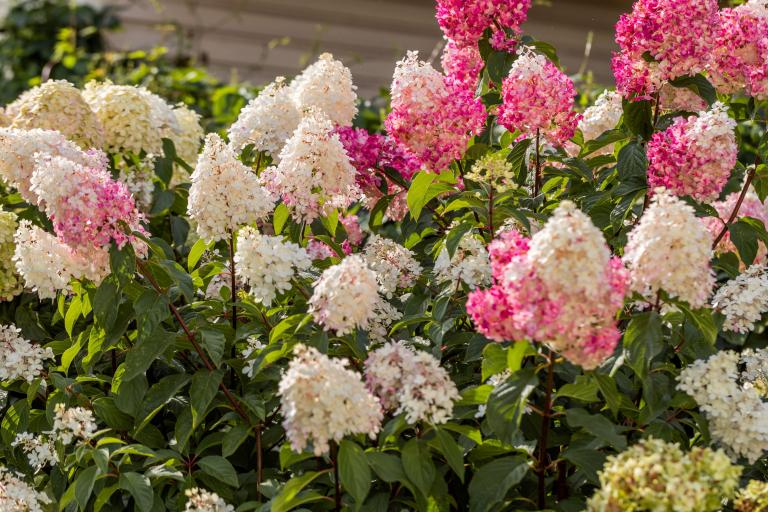
Plants that tolerate polluted air:
- Butterfly Bush - Buddleja davidii
- Red-berried Cotoneasters
- Long-flowering Hydrangeas
- Elegant Magnolia x soulangeana
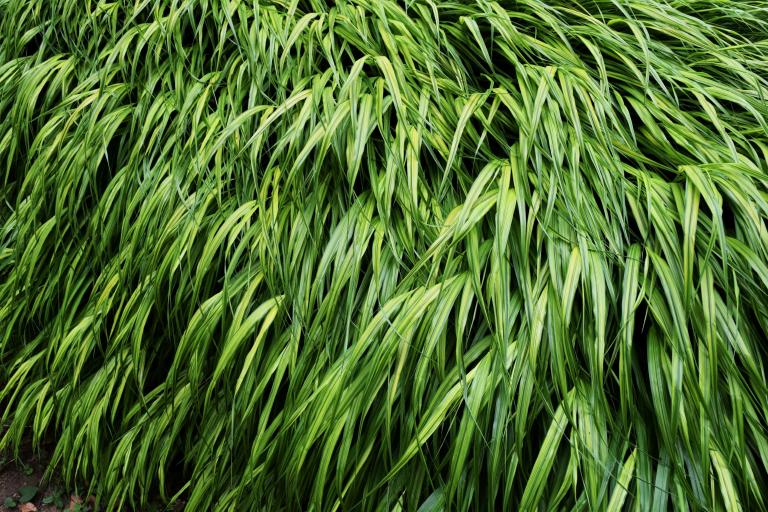
Plants for shade:
Contemporary Hakonechloa Grass
Elegant Climbing Hydrangea
Wildlife-friendly Ivy - Hedera helix
Exotic-looking Fatsia
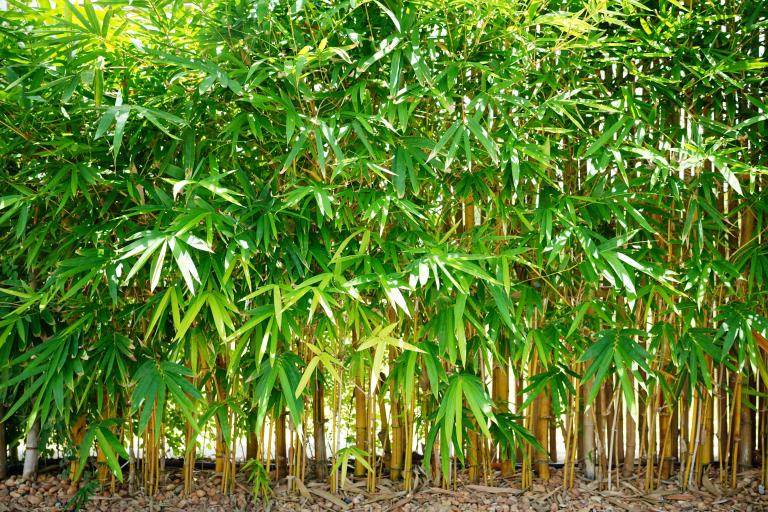
Plants for screening
Broad-leaved hedging (e.g. Prunus laurocerasus)
Conifer hedging (e.g. Thuja plicata)
Non-invasive Bamboo (e.g. Fargesia robusta AGM)
Evergreen climbers on robust trellis (e.g. Clematis armandi)
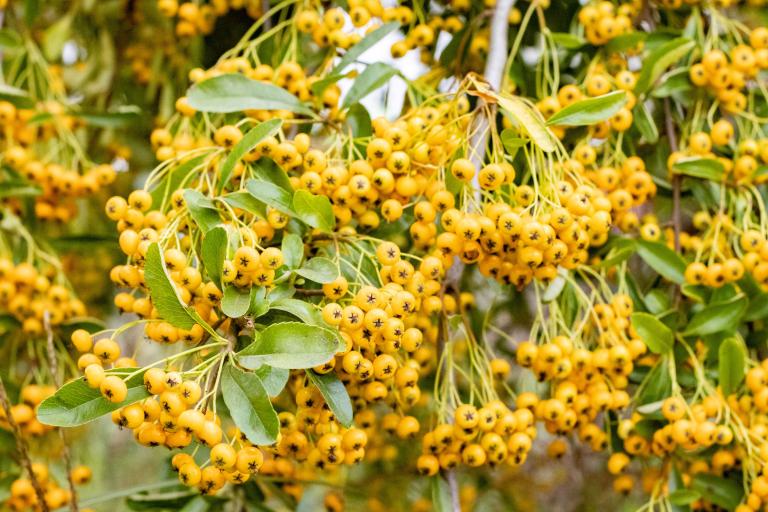
Spiky plants for security:
Bee-friendly Firethorn (Pyracantha)
Thorny Rambling Roses ('Albertine' AGM or 'Rambling Rector' AGM)
Architectural Mahonia (e.g. Mahonia x media 'Winter Sun' AGM)
Bird-friendly Holly Hedging (e.g. Ilex aquifolium 'Argentea Marginata' AGM)
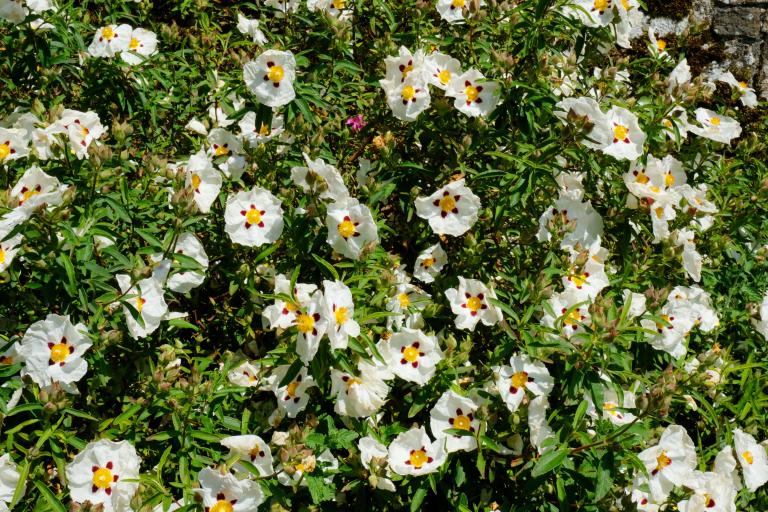
Drought and heat-resistant plants:
Bee-friendly Rosemary - Salvia rosmarinus
Light-catching Stipa Grasses
'See-through' Verbena bonariensis AGM
Aromatic Rock Rose - Cistus
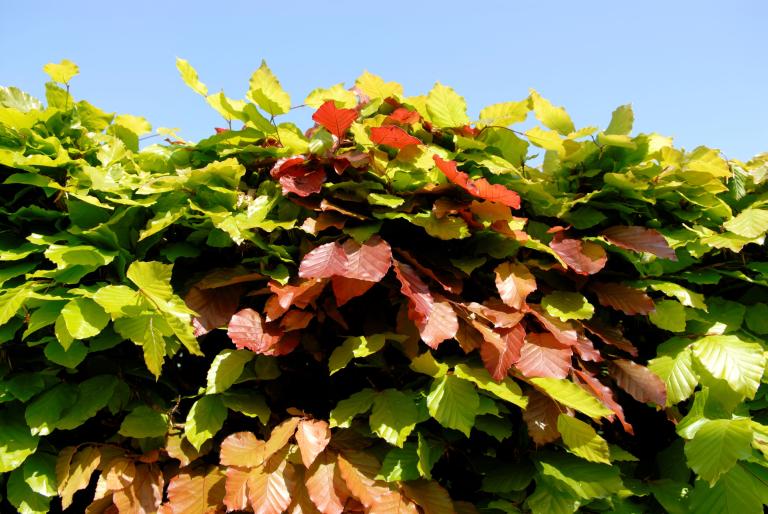
Plants that reduce traffic noise:
Non-invasive Bamboo (Fargesia rufa AGM)
Layered Mixed Shrubs (e.g. Euonymus fortuneit and Portuguese laurel)
Beech Hedging (Fagus sylvatica AGM)
Clippable Yew (Taxus baccata AGM)
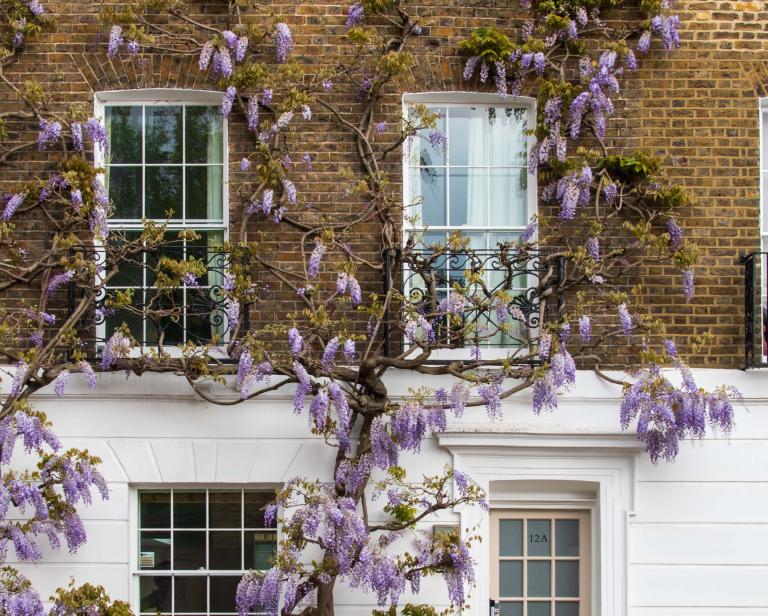
Climbers to clad walls and buildings:
Beautiful Wisteria Sinensis 'Prolific' AGM
Evergreen Trachelospermum Jasminoides AGM
Scented Climbing Rose (e.g. (‘Scent from Heaven’ Rose of the Year 2017)
Passion Flower - Passiflora caerulea AGM
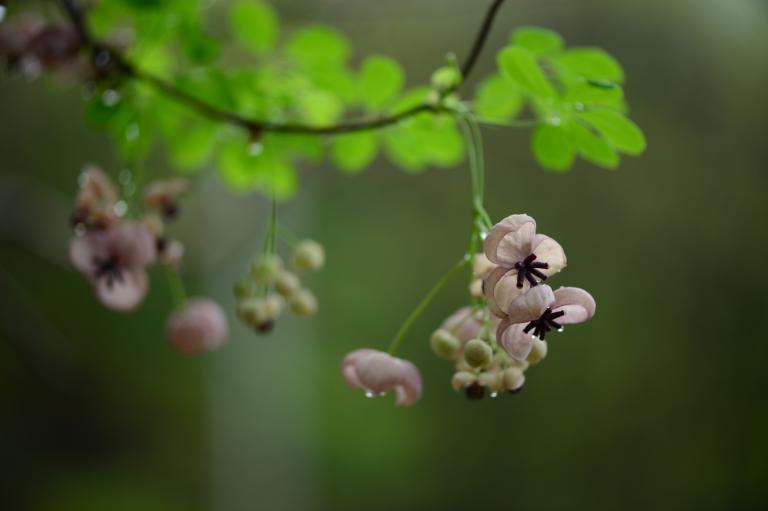
Climbers to cover pergolas for privacy:
Cottage-garden Queen - Clematis montana
Thornless Rose ‘Zephirine Drouhin’
Grapevine with autumn colour - Vitis vinifera 'Spetchley Red' AGM
Semi-evergreen Chocolate Vine - Akebia quinata
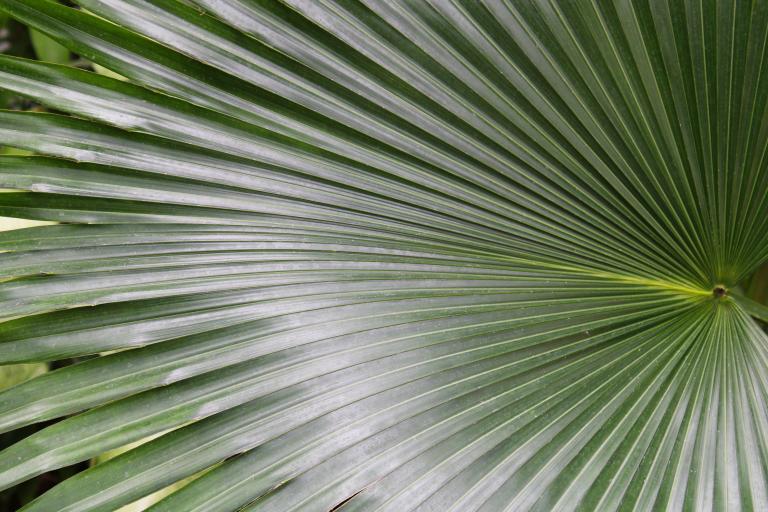
Architectural plants for shade and structure:
Tree Fern - Dicksonia antarctica AGM
Chusan Palm - Trachycarpus fortunei AGM
Fig (e.g. Ficus carica 'Brown Turkey' AGM)
Rice-paper Plant - Tetrapanax papyrifer AGM
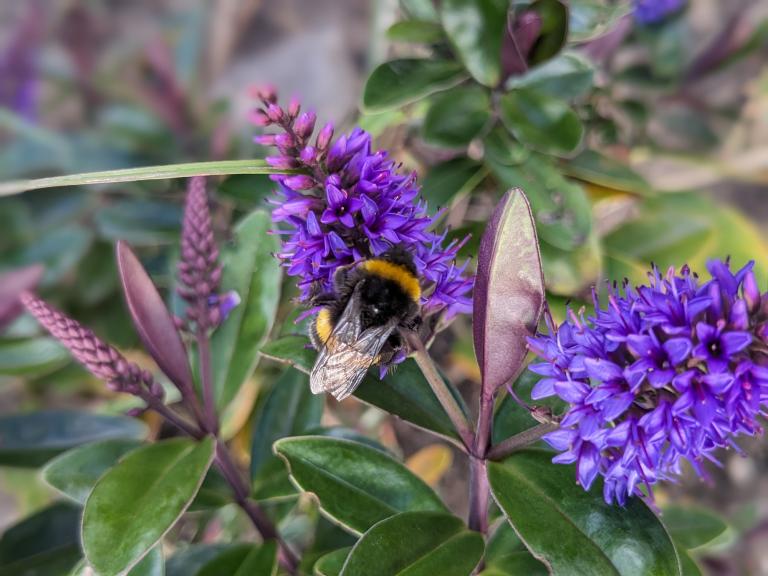
Plants that attract bees and butterflies:
Lavender (e.g. Lavandula angustifolia 'Hidcote' AGM)
Border Stonecrop (e.g. Hylotelephium 'Matrona' AGM)
Hebe (e.g. Veronica albicans AGM)
Aster (e.g. Aster x frikartii 'Mönch' AGM)
For further information about plants that are ideal for attracting pollinators to your garden, click here.
Access to green spaces
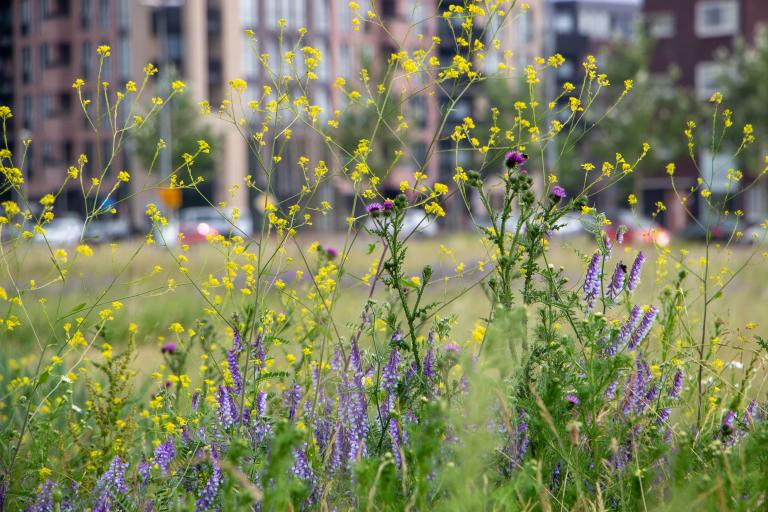
Connecting urban communities to nature
Octavia Hill, one of the founding members of the National Trust worked tirelessly to improve urban housing and protect green spaces. She believed that ‘the healthy gift of air and the joy of plants and flowers’ were vital in everyone’s life and no doubt, if she was alive today, Octavia would still be working to give urban communities access to nature.
Research shows that access to green spaces is so important for physical and mental health. This echoes Octavia’s beliefs that everyone needs access to green space and ‘outdoor sitting rooms’ (gardens).
Blue Diamond, The National Trust and Ann-Marie Powell Gardens all share this belief and how it is even more relevant to today’s society. Shockingly, one in three people in Britain still don't have access to nearby nature-rich spaces.
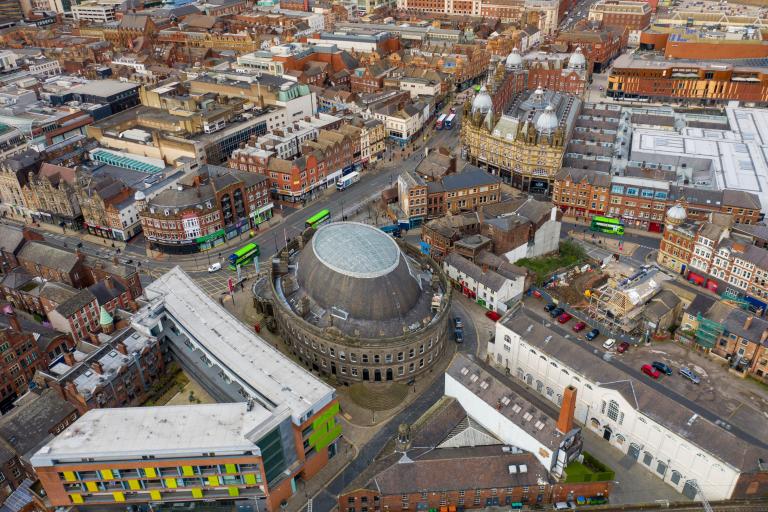
Octavia’s pioneering work has served as the foundation for our Octavia Hill Garden by Blue Diamond with the National Trust and responds to the idea that access to green spaces makes us happier and healthier.
Studies have shown that easy access to this type of environment helps to reduce heart disease, obesity, and depression saving the NHS more than £100 million each year in GP visits and prescriptions.
In addition to this, green spaces have functional uses too such as reducing flooding, cutting carbon emissions, and protecting nature.
Tackling 'green space' inequality
Recent data from the Office of National Statistics on gardens, together with data on public green space from the Our Green Space Index has identified that:
- 1,108 neighbourhoods in the UK – home to 9.6 million people – are deprived of green space.
- Ethnic minorities are twice as likely to live in a neighbourhood with minimal access to green space. Almost 40% of people from BAME backgrounds live in the most green-space deprived areas, compared to just 14% of white people.
- The average amount of public green space for people in the most deprived green space neighbourhoods is less than 9m2, or the average size of a garden shed.
- Communities from the most deprived green space neighbourhoods are more likely to suffer poorer health outcomes, with higher incidences of heart and lung disease, depression, diabetes and obesity.
- Children from the most deprived areas are 20% less likely to spend time outside than those in affluent areas.
- Over 6.1 million people in Great Britain do not have a park or green space within an accessible ten-minute walk from home, with the total provision of green spaces expected to decline substantially by 2033.
- With a growing population it is estimated that 4,000 new local green spaces in a variety of sizes and functions would need to be created by 2033 just to maintain current provision levels.
- Investment in parks and green spaces has severely declined over the last decade – with the biggest reductions focused on the most deprived locations.
- England has a land area of just over 13,046,000 hectares of which 8.7% is of developed use, with 10.5% being 'built-up'. When including land designated as Green Belt, just over 37.4% of the area of England (4.9 million hectares) is protected against development by one or more natural designation.
There is no denying that the rapid increase of urbanisation is having devastating effects on our physical and mental health and wellbeing. The destruction of the UKs nature-rich environment is increasing the decline of many native species of flora and fauna and increasing harmful pollution levels. Preservation and education are key in the plight to safeguard our green spaces and gardens for future generations.

